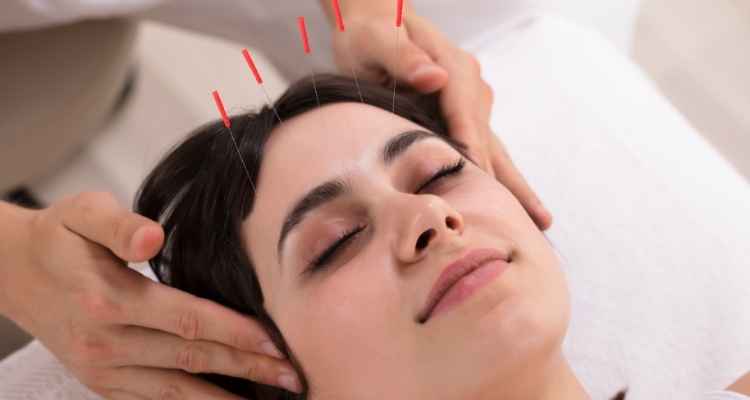The fundamental nature of acupuncture healing has ancient roots. It began in China and has only grown in size. In our modern age, there are many who feel that the power this healing practice holds is worthwhile and beneficial to their lives.
Acupuncture treatment relies on an interwoven system of channels, or meridians, to harness the natural living energy present in humans and other living beings. Acupuncturists have been taught where to adjust this energy flow for wellness and healing effects. Today, we look at these same locations in more detail.
The Twelve Standard Meridians
The standard, or principal meridians, are divided into two distinct groups. These are the Yin and Yang groups, which represent balance. Within these groups and the principal meridians themselves are several sub-classifications, including the element and time of day that represents them.
These meridians also represent different organs in the body, including the lung, heart, pericardium, small intestine, large intestine, spleen, kidney, liver, gallbladder, urinary bladder, stomach and the triple burner. The last of these organs is a concept in traditional Chinese medicine that refers to areas in the thorax, stomach and reproductive areas of the body.
The Eight Extraordinary Meridians
After the twelve standard meridians, acupuncture practitioners will be aware of the eight extraordinary meridians. These meridians do not have clear physical tethers that make them easy to find in the body. Rather, they are representative of energy stores in the body that can be manipulated and treated. They include the following locations:
- Conception Vessel
- Governing Vessel
- Penetrating Vessel
- Girdle Vessel
- Yin Linking Vessel
- Yang Linking Vessel
- Yin Heel Vessel
- Yang Heel Vessel
The Tendinomuscular and Divergent Meridians
It is best to consider both the standard and extraordinary meridians as collection points of sorts. In scientific theory, they would have similar functions to the organs associated with them or lymph nodes that filter the toxins in our body. And, much like the arteries and veins that connect our organs and other systems, the meridians also have connective pathways.
These pathways are the tendinomuscular and divergent meridians. They connect the other meridians in a network of branching pathways similar to the physical appearance of capillaries. Those practicing acupuncture would consider them an integral part of the whole system, as they transport energy throughout the body and help regulate its flow.
Where Are the Acupuncture Points?
As you can see, the answer to this question is not straightforward. All told, there are around 400 distinct acupuncture points on the body. Although the major acupuncture points are easy to find and introduce, there is a fair amount of detail that goes into this exciting and interesting practice. It is important to have a firm understanding of the complete system before engaging in rash decisions.
The best way to learn more about acupuncture is to speak with a professional who can give an in-depth look at what is required to positively or negatively affect the meridians and acupuncture points within our bodies. This will ensure a high standard of information and may help pique further interest in the subject.

